Buying and selling cryptocurrency is a relatively new way to make money. Typically, transactions are made with units such as Bitcoin, Lightcoin and Ethereum. To start trading these currencies, you need to create cryptocurrency wallets and find a platform for exchange.
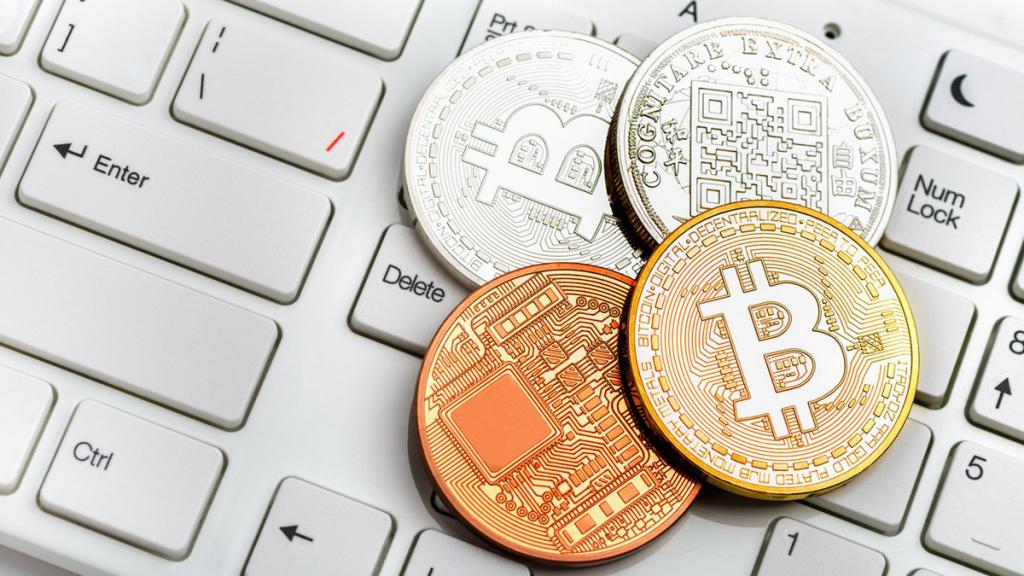
A digital currency wallet is a place where you store encrypted passwords representing coins (the equivalent of storing money in a bank account). Cryptocurrency exchanges are similar to exchanges or exchangers, that is, this is a place where people can trade one unit against another. For example, if you want to trade stocks, you need a bank account and access to the exchange. Similarly, everything happens with bitcoin and other digital values.
What do you need to know before you start cryptocurrency trading?
There are only a few circumstances that you need to know about before you start making transactions.
First of all, cryptocurrency exchanges are not part of the regular stock exchange. One of the most common venues for such deals is Coinbase, but you can also use GDAX, Poloniex and other services. Compared to stock exchanges, they have a common mechanism of functioning, but the features of trading and its subject matter are fundamentally different.
A beginner may prefer to trade cryptocurrencies in the stock market. The main fund for bitcoins as of 2018 is GBTC. Keep in mind that trading here takes place with a commission (this means that bitcoins are cheaper than buying GBTC shares). In addition, the purchase and sale of cryptocurrency on the exchange is a round-the-clock market, unlike the stock market. This means that transactions with these units are made continuously.
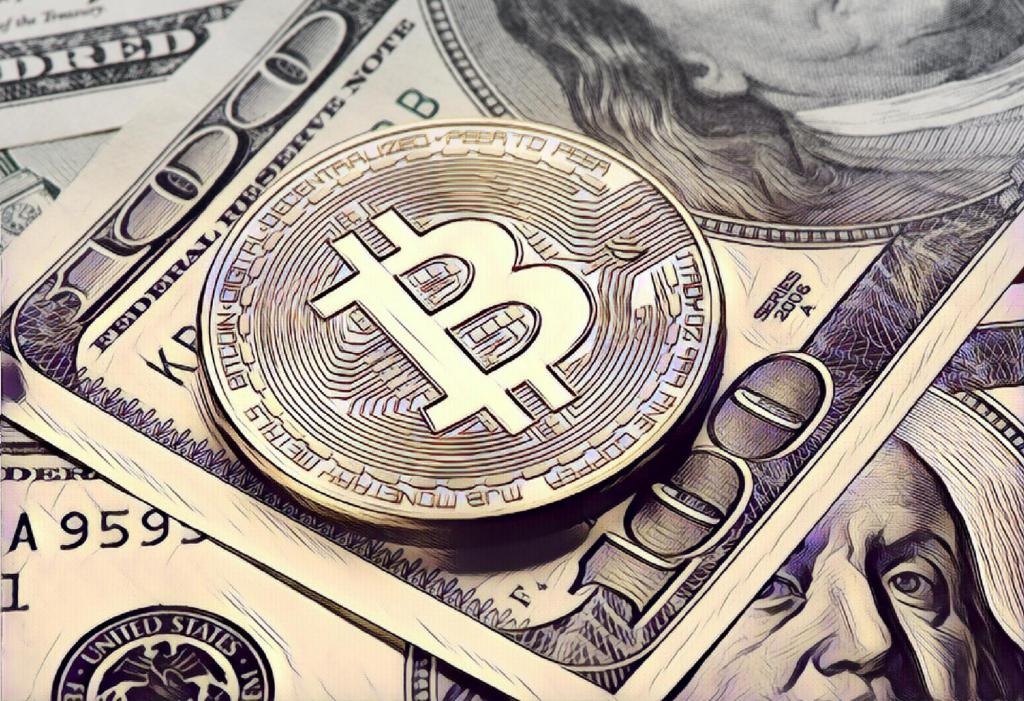
It can be said that Coinbase is the easiest place to buy, sell and store digital coins. Here you can buy, sell and store Bitcoin, Ethereum and Lightcoin. But if you are serious about cryptocurrency trading, you will need another exchanger such as GDAX, Bittrex, Binance or Poloniex.
Buying / selling cryptocurrency on the exchange: what are the risks?
The cryptocurrency market is insanely volatile in 2018. You can make a fortune in an instant and lose it in the next, regardless of whether you will trade bitcoins or other coins. First of all, think about mitigating risks, hedging, and not about staying on the market as long as possible.
If you trade only the highest coins by market capitalization (that is, units such as Bitcoin and Ethereum), then the risk of losing everything in one night is minimal (but not impossible). Other cryptocurrencies are more risky (but they can be quickly earned with some luck).
There are several ways to buy and sell cryptocurrency:
- You can trade it and invest in it.
- You can use it for transactions (in any case, if the type of coin is officially accepted).
- You can purchase a graphics processing unit and some software and create your own coins.
All these areas are real and interesting, but the most common is the exchange between these units (and, therefore, also investment in them). With this in mind, even if you want to do other things with these denominations, you still have to tune in to buying and selling cryptocurrencies.
As already noted, one of the ways to invest in digital money is to use a cryptocurrency system. In all cases, even if you have a good installation with an excellent graphics card, you still have to pay in fiat currency.
What do you need to know to start trading?
A newbie should start by choosing a company with a good reputation that offers the functions of an exchanger and wallet (to simplify the process). You should start trading the most common coins. Currently, in 2018, it is Bitcoin (BTC) and Ethereum (ETH). This may change in the future.
So, first you need to open a wallet and start making an exchange. It is advisable to initially buy cryptocurrencies. Once you do, you can try to trade BTC and ETH against other digital denominations. Little-known cryptocurrencies may be useful, but they are more complex and often more risky than buying one cryptocurrency as an investment.
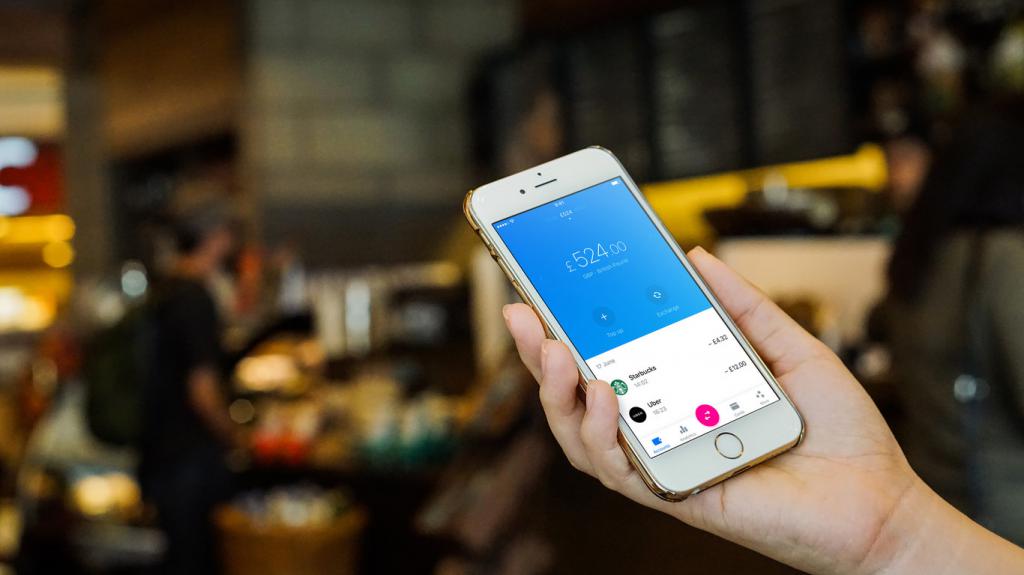
Do not do margin trading unless you know exactly what it is. Cryptocurrency is unstable, and you may end up losing all your money in an instant if you are not careful.
How to start trading with Coinbase.com?
The process of starting a trade is simple, but there are several features that are very important for your understanding. They are similar to the above, but this time they are used to use Coinbase.
Firstly, you need to register on the site. Sign up for Coinbase.com to create a digital wallet where you can safely store your currency. Connect your bank account, debit or credit card so that you can exchange digital currency for fiat and vice versa. After registration is complete, you will be able to:
- buy bitcoin, ethereum and lightcoin (for US dollars);
- sell these units (convert them back to dollars).
Coinbase accepts some other fiat currencies as a payment (in addition to the dollar), but options may be limited. Consider registering on another exchange and trading one coin against another. A good choice would be to buy and sell cryptocurrencies on the Poloniex exchange. Then you can transfer the acquired denominations back to Bitcoin, Ethereum and Lightcoin, return them to Coinbase, and then exchange them back for dollars.
Important features of trading with Coinbase:
- Coinbase and GDAX will request personal information about you. There is no way around this. The more information you provide (ID, bank account, credit card number, etc.), the higher your limit will be and the less your account will be limited.
- It is recommended that you use a bank account, not just a debit or credit card. So commission fees will be much lower. When you enter your account number, you need to wait 3-5 days for your bank to approve the trade. This means that you will not be able to trade for about a week after registration.
- There are limits on how much you can buy and sell per week. Adding photo identification and other payment methods will increase your limits. Otherwise, these restrictions will start to bother you greatly over time.
- There are commissions related to trade, and they decrease with increasing trading volume. Other exchanges have better rates (for example, GDAX). In other words, you pay a little more than the market price (or sell a little lower than the market price) and thereby pay a small amount when buying and selling cryptocurrency on Coinbase (this is a compromise for ease of use).
Once you are about to make a deal, set up two-factor authentication. This helps protect your account by sending a code to your phone when you log in. This is really important, so take the time to configure this protection. To trade coins, you need to go into the settings and make sure that your wallets are connected. They are available in BTC, LTC, ETH, and USD, and can be found in the Accounts section.
How to start a purchase?
The detailed instructions for buying and selling cryptocurrency are as follows. The advantage of the USD wallet on Coinbase is that you can deposit money on it and then instantly buy digital coins.If you try to buy them directly from your bank account, the transaction may take about a week. Using a credit card does not have this problem, but the limits are usually lower.

You do not need to buy a whole unit of cryptocurrency. You can purchase shares of coins. Bitcoins are too expensive at the moment, so consider buying Satoshi to start trading if you do not have a lot of initial capital. Experts say that it is unprofitable to buy only ETH and LTC, because BTC is more expensive. You should consider which one is likely to increase and retain value. Buying all three units for an equal amount in dollars is the best choice for an initial investment. This will help to avoid the first wrong choice. Perhaps this is the main part of the instructions for buying and selling cryptocurrency on the exchange.
When you buy a coin, take your time and review the information. An extra decimal value can mean a lot of money, given that one bitcoin can be sold for thousands of US dollars. Download a special application for buying and selling cryptocurrency, which allows you to trade cryptocurrencies from your phone. The market is volatile and transactions are usually slow. When the time comes to buy or sell, you need to do it as soon as possible. Also set alerts. They can help you decide when it is profitable to urgently make a deal in the application for buying and selling cryptocurrency.
There is a feature that allows you to gradually buy over time. Weekly averaging is a time conservative move that Coinbase will automate for you.

Remember that cryptocurrency is unstable! There is always a risk that the market will collapse, or that you will encounter some other disaster. Digital currency is not centrally controlled and regulated. If you lose money during the transaction or someone deceives you, or your account is hacked, there is nothing you can do about it (this is one of the reasons why you need to have a two-factor check at the entrance to the exchange). In other words, buying and selling cryptocurrencies is easy to start, but you need to prepare for this beforehand.
What sites can be used for this?
Remember that there are many other options for setting up wallets and trading. However, many overseas sites will be paired with a Coinbase account (which makes it a logical place to start). Once you create such a wallet, try switching to GDAX. This is the best version of the exchanger with lower fees. Coinbase wallet works on both platforms that use the same logins. GDAX is the preferred exchanger for bitcoin. It is suitable for both professionals and beginners. After you master it, consider buying and selling cryptocurrency on the best professional-level exchanges. These include Poloniex, Bittrex and Binance.
What else should be remembered?
Use exchangers, not brokers. So you save money on commissions. If you are buying and selling cryptocurrencies on the exchange, try using limit orders (try not to use market ones). At some sites (such as GDAX), the former have lower tariffs than the latter. For example, in GDAX, limit orders are free if they are not filled immediately. Meanwhile, the market requires a commission of 0.3%. This is better than the 1.4% Coinbase charges, but not as good as 0%, especially if you trade in the afternoon. If the exchanger of your choice rewards you for using certain types of orders, use them.
Instructions for buying and selling cryptocurrency recommends the following. Decide on long and short trades. Long-term investors will pay a lower commission rate if they can be held for more than 12 months, but making a profit is more risky.Short-term ones can avoid great risk if they are agile, but they will be subject to fees from each transaction made.
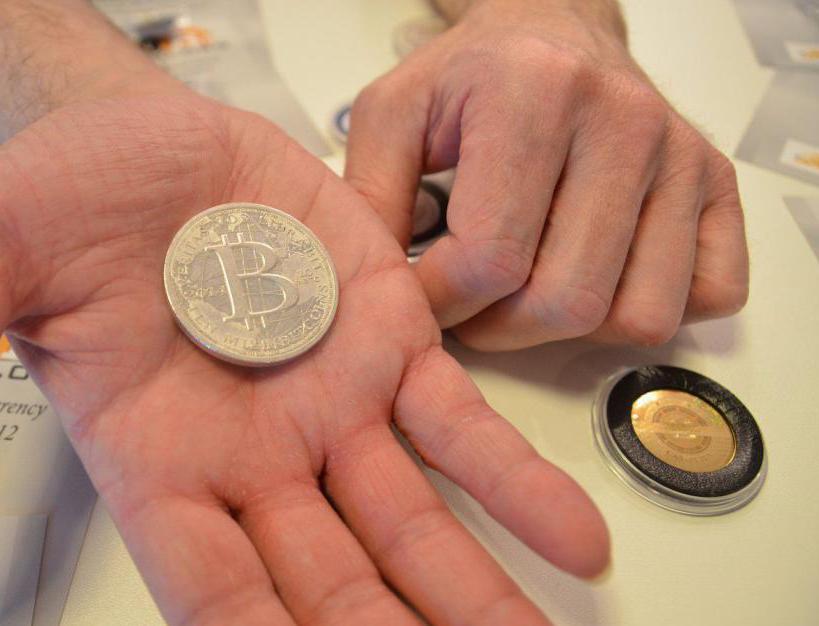
If you intend to trade for a long time, consider creating an average position (for example, by averaging the dollar value or by value). There is no better way to avoid slow trading than to buy gradually, and not immediately, and thereby acquire assets at their “average” price over time. If you do not have a clear understanding of technical indicators and how volatile cryptographic markets work, consider also averaging positions. It is not only financially conservative, but also important psychologically. Too large a position can immediately be emotionally difficult to make a decision (and, therefore, can lead to an error), given the historical volatility of the cryptocurrency market.
Consider saving on buying and selling cryptocurrencies. Instead of conducting all in one transaction, place additional orders to buy when the price goes down and sell when it goes up.
How should transactions be made?
Remember that cryptocurrencies are an ongoing global market. In other words, he never sleeps. Since you want to make money on it, consider automating your investment strategy using limit orders, stops, or even using the API (via “trading bots”). For the purchase and sale of cryptocurrency, a detailed instruction looks like this.
You should strive to buy cheap, and sell expensive. Try not to buy at too high or low prices. Look at the price trend if you observe the highest point in the last 24 hours (days, weeks, etc.). At its core, this is more risky than a short-term purchase. It may make sense to buy as the price starts to rise, but buying after breaking through at a new high may not always be rational. This means that your main goal is to buy when the value fails. If you buy expensive, the price may fall and you will suffer losses.
Even if the trend seems stable, you should not make a deal on all invested funds. Even if signals to buy or sell cryptocurrencies are repeated many times, the trend is constantly changing. Continuing to make deals seems tempting, but it limits your options. Consider always having some means aside to withstand an unforeseen downturn. If the price drops sharply, it will be difficult for you to save the situation. It's hard not to give up when the value of a digital coin drops by 60-80% in weeks or months. Sometimes they sink even more, and it is reasonable to always prepare for the worst.
Consider the main cryptocurrency
Bitcoin is the main cryptocurrency. Do not be too optimistic about other digital units. Usually, those who invest in BTC start to get very worried when this face value drops in price, while others grow. This can be especially observed in the reviews of the purchase and sale of cryptocurrency in the Telegram. Of course, acquiring IOTA or ZCash can sometimes be a brilliant step. If you wish, you can keep a certain amount in these units, but most assets will still return to bitcoins.
In a word, get digital coins that you know and love, but stay attached to BTC (not 24/7, but in general). This advice also applies to Ethereum, but first of all, Bitcoin is the center of cryptoeconomics.
Learn to value digital money at BTC. Ethereum is still on the sidelines, but bitcoin is the current primary currency of the cryptoeconomics. This means that you must use it to purchase most other denominations. By analogy, most traders value their assets in dollars. In turn, crypto traders will evaluate digital coins in BTC, as it matters.It is on bitcoins that the purchase and sale of cryptocurrency on the best exchanges is based. If you do not know the bitcoin charts, you will not be able to correctly understand the market trends, to which all other denominations react. You do not need to make the purchase of more BTC your goal, but you must have an idea of the value of your units in bitcoins. There are times when all digital coins rise in price, but many of them constantly lose value, compared to Bitcoin.
How does the cryptocurrency price movement relate to each other?
Bitcoins and other cryptocurrencies tend to react to each other. Sometimes they make opposing movements, sometimes they move in the same direction. It is not uncommon when Bitcoin goes down while other coins are raised (and vice versa). This is because almost all traders with various cryptocurrencies are starting to buy them and sell bitcoins when their price goes down. Because of this, the cost of the remaining units begins to grow. But this trend does not always happen. It often happens that all cryptocurrencies will rise or fall together (usually following the example of Bitcoin). This movement often leads to the fact that Bitcoin usually surpasses other coins, however, every few months you can observe a sudden change in the situation. Try to determine how this happens, and you can make a lot of money from it. In a word, less common cryptocurrencies are usually more volatile than bitcoins.
Market cycle
Speaking about the last two points, we can understand that digital currency tends to be based on patterns and move cyclically. You must be able to determine the movement before it starts at full strength, and then exit the trade with the completion of the next cycle. It is almost impossible to identify these trends in advance, but with experience you can recognize them as they arise.
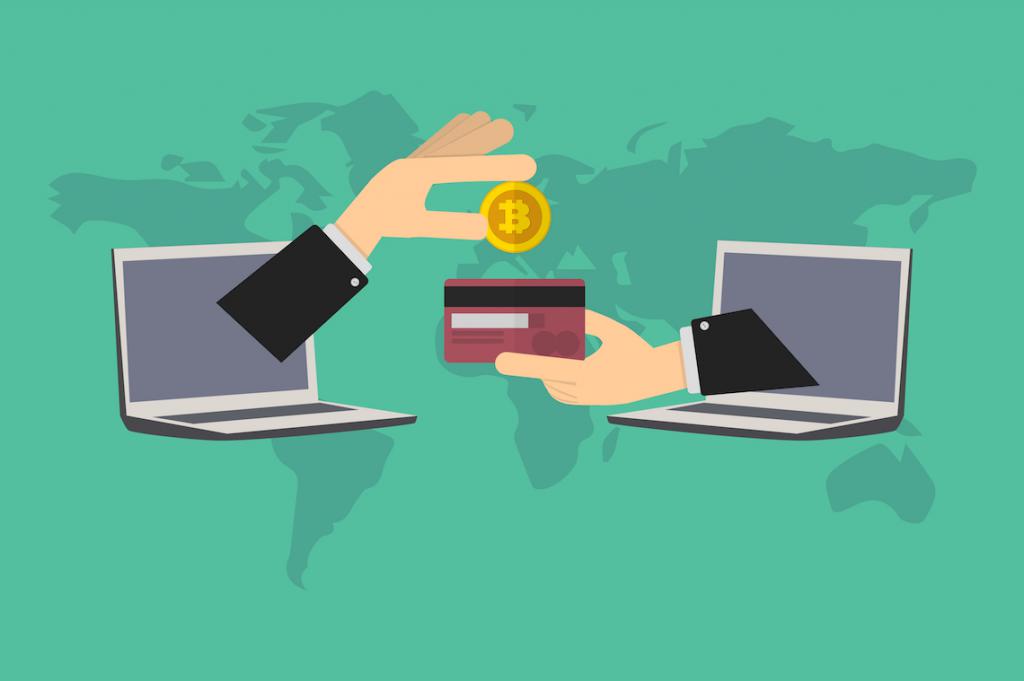
If your funds are evenly distributed over all the denominations that you trade, you can benefit from a situation in which there is a giant surge in prices in a short period of time. In this case, you will avoid trying to switch to one face value in the middle of the movement or belatedly start buying or selling. In other words, although this is not the most profitable tactic, it is good for minimizing risks. In addition, this will help to avoid losses in case of fraud when buying and selling cryptocurrency.
Learn technical analysis
Technical Analysis (TA) is the analysis of price and volume data and an attempt to predict future trends based on the information received. If you know how to read a chart, you can better understand things like candles, moving averages, RSI, and the order book. All of them can help you find good points to buy and sell. Remember that cryptocurrencies ignore logic all the time, but the main indicators are still useful for understanding.
You do not need to be a good analyst, you can just follow others. Support and resistance levels, moving averages, RSI and several other popular indicators can be vital. All pros use them, and all major market players have bots that manage strategies based on this data (at least complex versions). You cannot afford to ignore TA if you are going to trade cryptocurrencies and not just buy them.
Look at the book of orders
The order book, which can be found on all exchanges, can give you a good idea of which purchase and sale orders are relevant. If you see a lot of sell orders at a certain price and want to sell a unit, you can do it at a specified price. Similarly, if you expect the price to fall to buy, look at the distribution of purchase orders for other traders.
